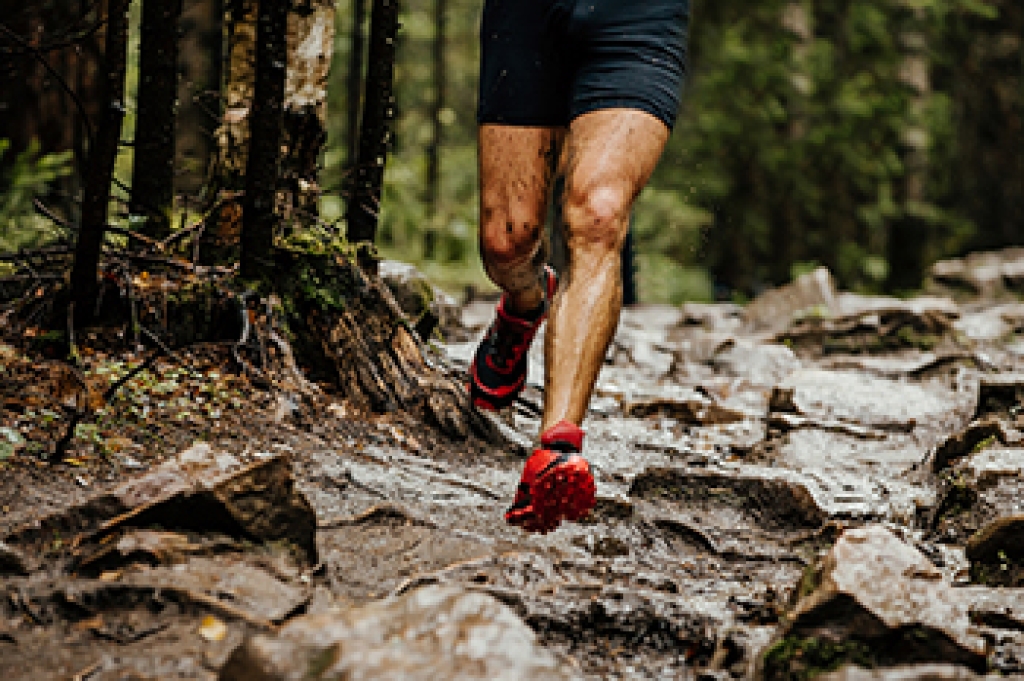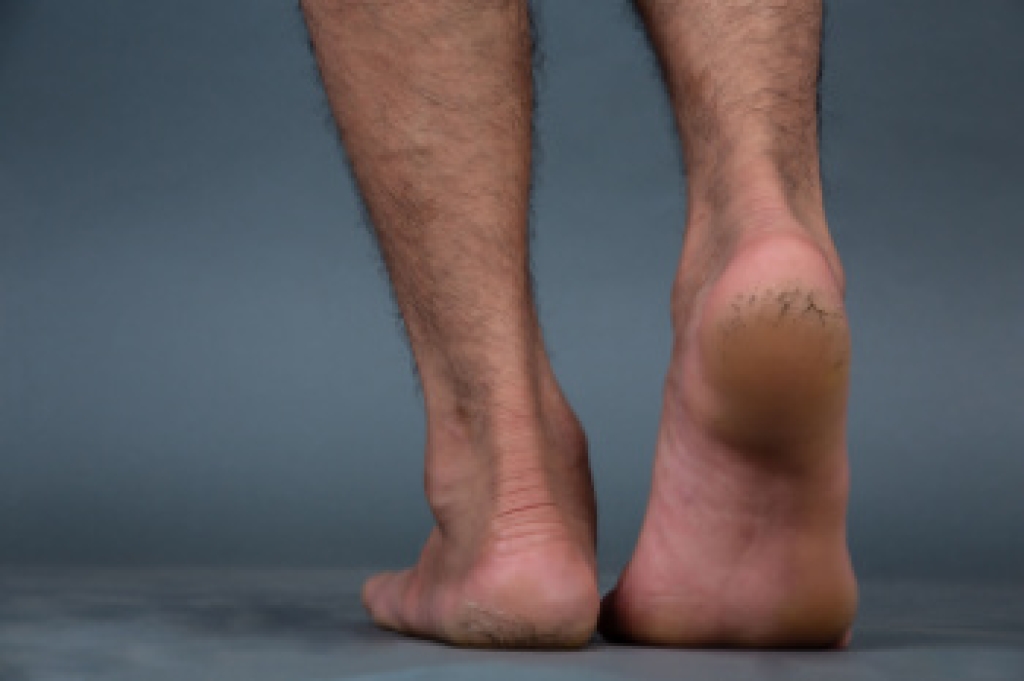
When buying trail running shoes, it is important to focus on several factors to ensure comfort, support, and durability. First, consider the type of terrain you will be running on. For rocky trails, look for shoes with a stiffer sole and more aggressive tread patterns that offer better grip and stability. If you will be running on smoother, well-maintained paths, a more flexible shoe may suffice. The fit of the shoe is also important. Make sure there is enough room in the toe box to allow for natural foot movement, and ensure the shoe is snug around the heel to prevent slipping. The level of cushioning is another consideration, as more cushioning is ideal for longer distances, while minimal cushioning may work better for faster, shorter runs. Finally, look for shoes that offer water resistance or drainage to keep your feet dry in wet conditions. If you enjoy running and want more information on choosing the best shoes, it is suggested that you make an appointment with a podiatrist, an expert on everything related to feet and ankles.
Finding a properly-fitting shoe is important in reducing injuries and preventing foot problems. For more information about treatment, contact one of our podiatrists from Footcare Now. Our doctors will treat your foot and ankle needs.
Proper Shoe Fitting
A common concern when it comes to foot health, having properly fitted shoes can help prevent injuries to the foot. Out feet affect our posture and gait, which in turn affects the biomechanics and overall bodily structure. With 33 joints, 26 bones, and over 100 ligaments, the potential for serious injury is much greater than one realizes. Although the feet cease growth in adulthood, they still change shape as they mature. Here are some factors to consider when it comes to investing in proper fitting shoes:
- Be sure the shoes fit correctly right away
- Ensure the ball of your foot fits comfortably in the widest portion of the shoes
- Even though they may look fashionable, improper fitting shoes can either create adverse conditions or exacerbate existing ones you may already have
- Walk along a carpeted surface to ensure the shoes comfortably fit during normal activity
Keeping in mind how shoes fit the biomechanics of your body, properly-fitting shoes are vitally important. Fortunately, it is not difficult to acquire footwear that fits correctly. Be sure to wear shoes that support the overall structure of your body. Do your feet a favor and invest in several pairs of well-fitted shoes today.
If you have any questions, please feel free to contact our offices located in Elmhurst Jackson Heights, Astoria, Rego Park, and Forest Hills, NY . We offer the newest diagnostic and treatment technologies for all your foot care needs.




